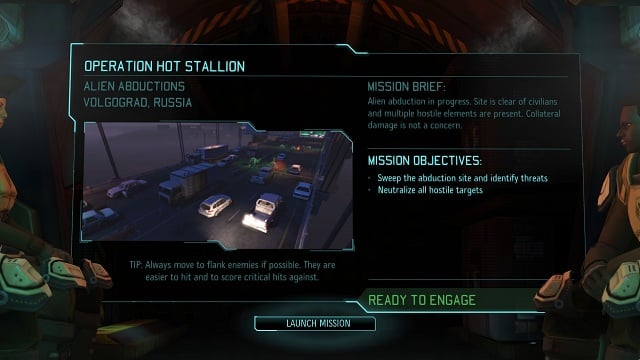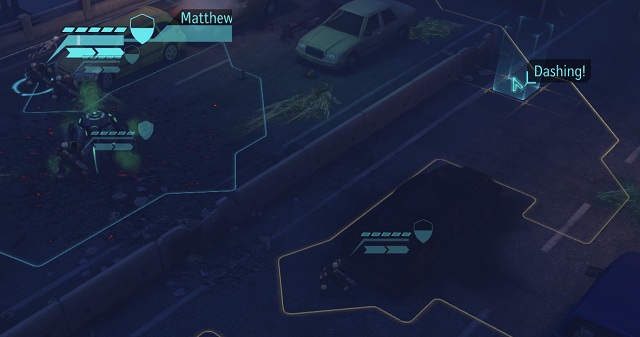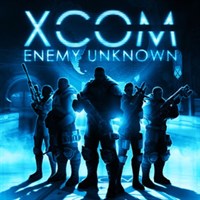XCOM Enemy Unknown: Movement

Final preparations before the mission. It's high time to shoot a few aliens
Combat in XCOM: Enemy Unknown is based on a standard turn-based system: first, the player performs all the movements with the soldiers he controls and then hands over the control of the battlefield to the enemy, so that he can perform his actions. In one round, each soldier can perform two actions, one of them being usually the movement phase to a new position, while the second is shooting from the currently equipped weapon. However, this principle has a lot of exceptions, which will be described below.

Two large arrows indicate the action points of your soldier.
Soldiers can move in two ways. First of all, you can move around the battlefield within the blue box (normal movement). Choosing this option, you use only one action point and afterwards you can perform a shot, secure the area or hide behind an obstacle, thus reducing the chances of getting hit. The second method uses two movement action points, but allows you to reach a distance twice long, at the same time increasing the ability of the soldier to avoid enemy fire. This method is usually used to quickly move around the map and evacuate soldiers that are under enemy fire. Later in the game, if we can research the right armor type, a third option becomes available. It consists in moving vertically, i.e. flying, which will completely change your approach to the combat. It is worth noting that there are a few abilities that affect the movement of your soldiers: Run & Gun ability of the Assault class allows you to shoot even if your soldiers have run in the same turn, and the Sprinter ability of the Support class increases the distance that can be run in a single action.

Moving within the blue box costs one action. Moving in the yellow box (Dashing!) costs two.
In addition to the movement, action points are also used to perform various maneuvers such as shooting or hiding. Most of these abilities automatically consume all remaining points after using, so this mechanics is commonly referred to as "move - action. "Of course, as in the previous case, there are skills thanks to which the soldier can move. These exceptions will be described in the upcoming chapters of this guide.

After shooting and using all action points, your soldier has to wait for another turn.
You are not permitted to copy any image, text or info from this page. This site is not associated with and/or endorsed by the developers and the publishers. All logos and images are copyrighted by their respective owners.
Copyright © 2000 - 2025 Webedia Polska SA for gamepressure.com, unofficial game guides, walkthroughs, secrets, game tips, maps & strategies for top games.
